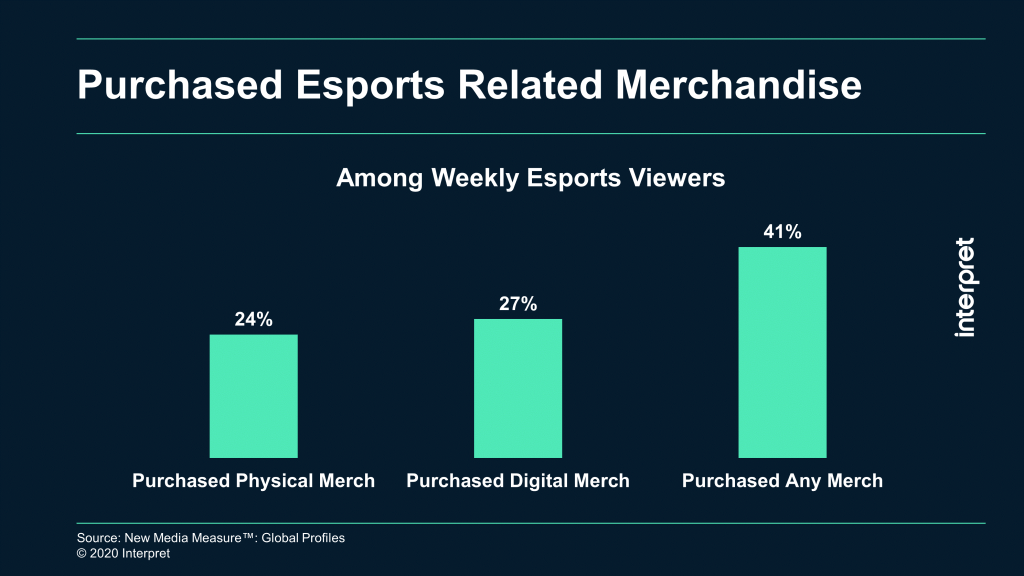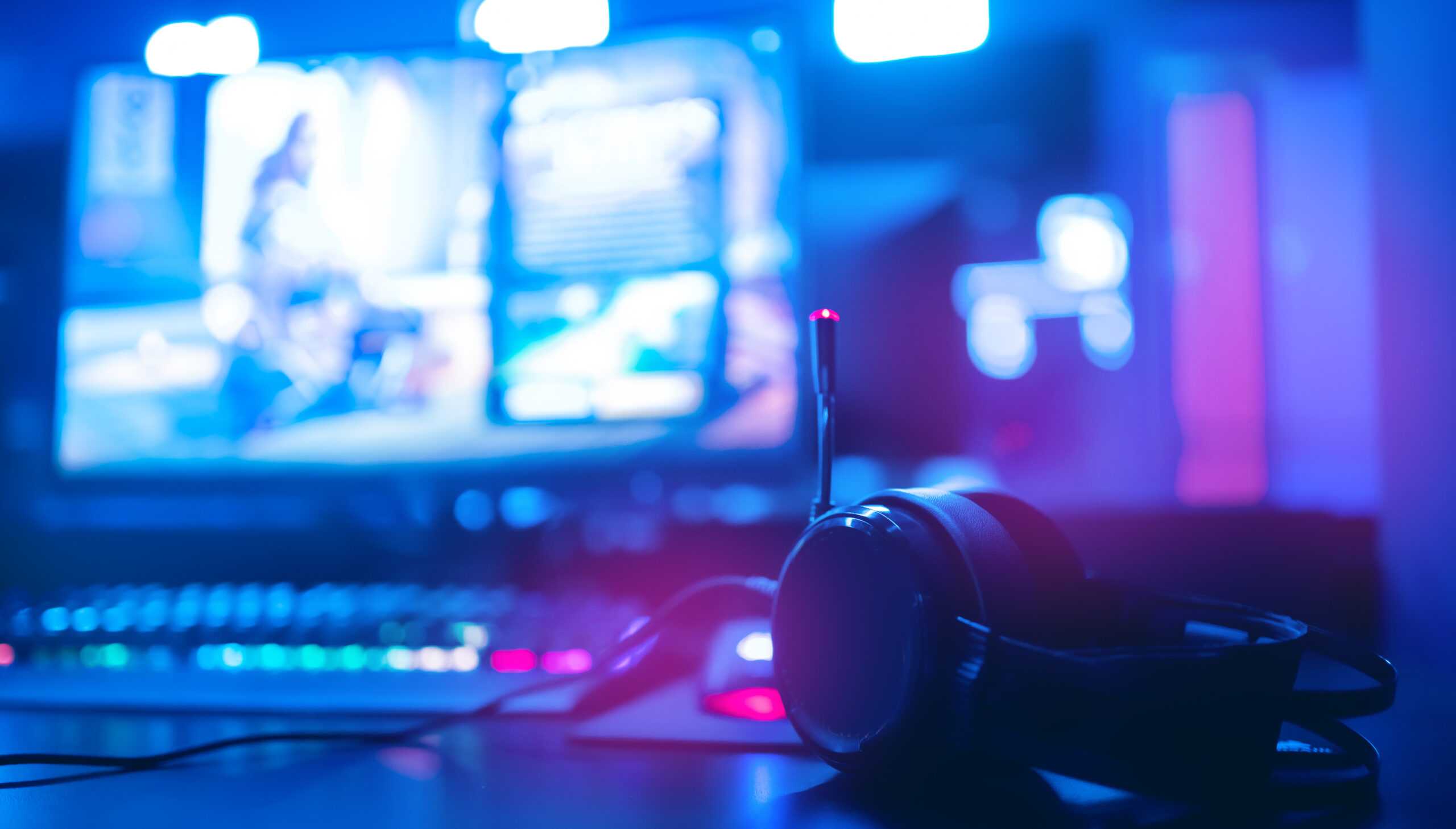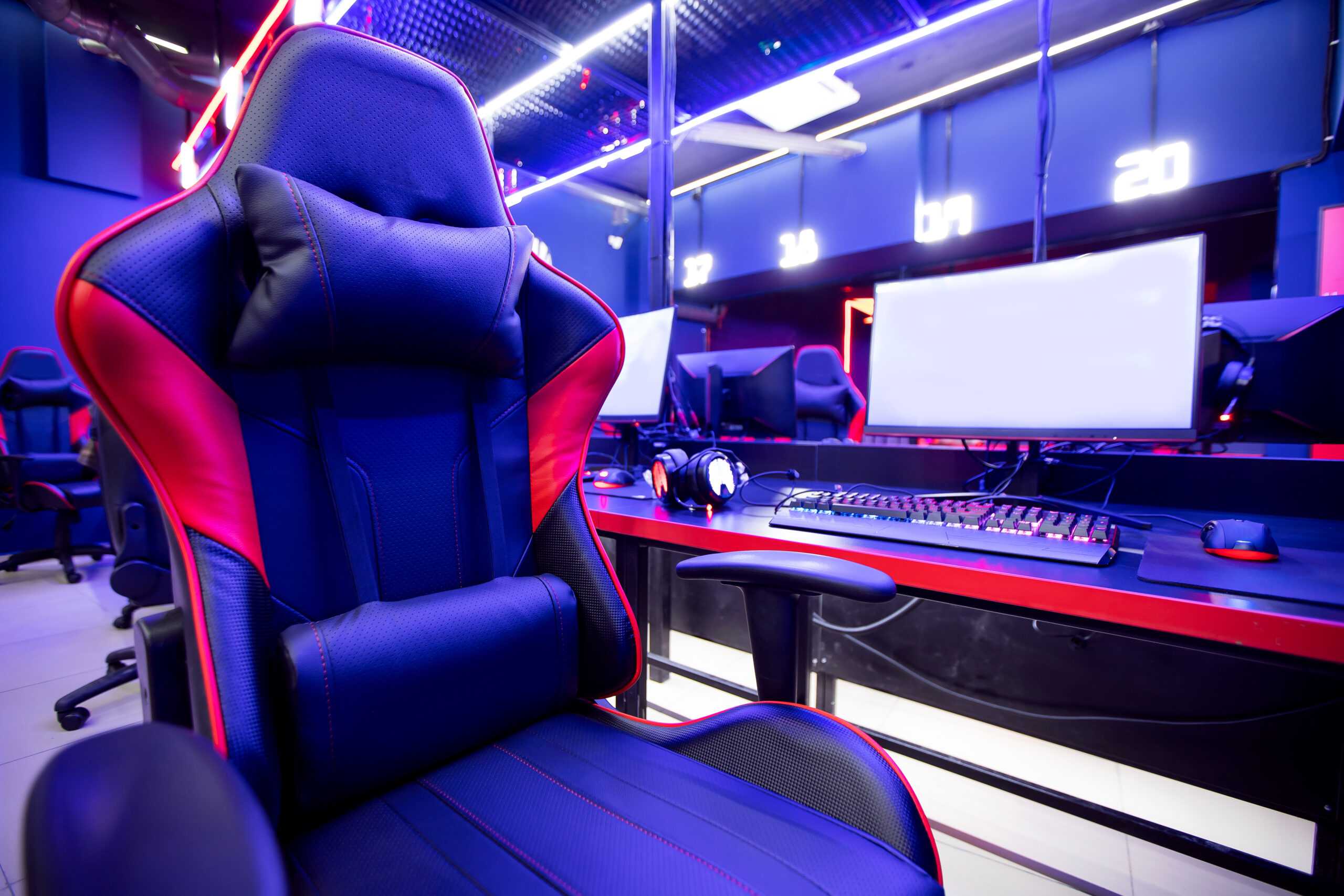Traditional sports are beginning to come back, but esports has been in the spotlight for months as one of the only ways for viewers to enjoy live competition during a pandemic. With increased attention and viewership, the esports industry has an opportunity to convert viewers into merchandise buyers.
In traditional sports, whether at the professional or collegiate level, fans regularly purchase jerseys, caps, t-shirts, bobbleheads, and other merchandise to support their favorite teams and players. In esports, however, merchandise is only a small fraction of the overall revenue pie that’s largely composed of sponsorship dollars.
Smart merchandising not only helps the esports industry grow, but it also enables teams, players, and streamers to build their brands. In doing so, these key participants help to build awareness around esports, and importantly, attract interest from big name sponsors who can then partner on more merchandise. Ninja, for example, created his own branded sneaker in partnership with Adidas last year, Team Liquid sells superhero-themed jerseys backed by Marvel, and Fnatic offers Hello Kitty merchandise, to name just a few. Beyond that, esports is uniquely positioned to capitalize on emergent digital merchandise. A Louis Vuitton esports collection launched in December 2019 in collaboration with League of Legends developer Riot Games not only , but directly led to the creation of Louis Vuitton skins for the PC game. Being able to sell digital skins and branded items in-game in addition to physical product will help accelerate the global esports merchandise business.
Interpret expects this slice of the pie to grow as esports matures. In fact, pre-pandemic, many esports viewers were already in the habit of buying both physical and digital esports merchandise. Interpret data shows that 41% of all esports viewers in the U.S. had purchased esports merchandise over a three-month period, with interest in digital items slightly edging interest in physical merchandise.






